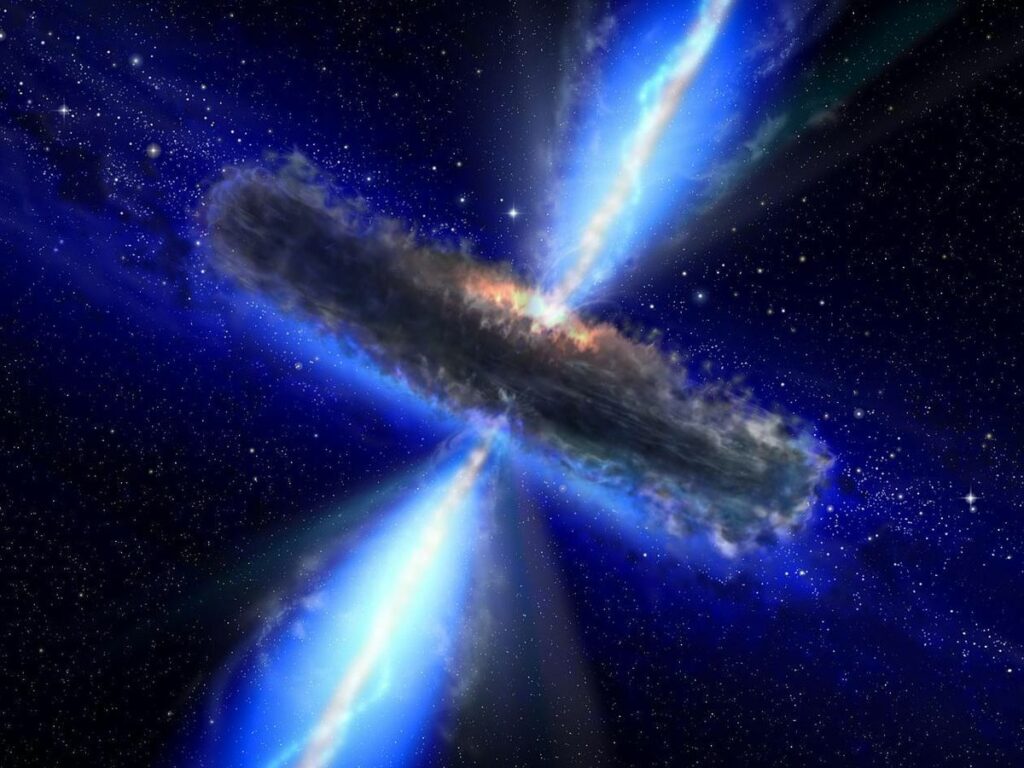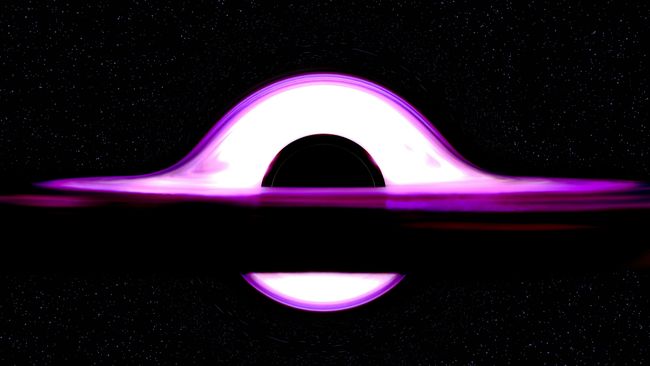Stephen Hawking’s Black Hole Radiation Paradox Might Finally Be Solved — If Black Holes Aren’t What We Think They Are
New research suggests that black holes may actually be “frozen stars,” bizarre quantum objects that lack a singularity and an event horizon, potentially solving some of the biggest paradoxes in black hole physics.
A new paper suggests that black holes might not be the black, featureless entities that relativists have long assumed. Still, these cosmic giants could be peculiar quantum objects called “frozen stars”.
While it resembles black holes in many aspects, frozen stars are different in terms that could one day solve the notorious Hawking radiation conundrum. This extraordinary phenomenon is known as the Hawking radiation as the radiation appearing of event horizon, the boundary of the black hole is seen to have no regulatory information about the object black hole which was formed due to the matter, in contrast to the quantum mechanics which confirms that no information can be lost.
Furthermore, frozen stars do not have the singularity that is normally believed to be present at the center of an actual black hole. This has the great importance because the presence of singularities contradicts physical criteria that in nature should not appear infinities pointing at the limit of present theories.
“Frozen stars are a type of black hole mimickers: compact, astrophysical objects which are singularity free, which do not possess a horizon but which can emulate all the observable characteristics of black holes,” wrote Ramy Brustein, a physics professor at Ben Gurion University in Israel by e-mail to Live Science. If they are real, they would suggest that fundamental changes have to be made to Einstein’s theory of general relativity.
Brustein is the lead author of the frozen star study, which came out in July in Physical Review D.
Resolving the paradox
The classical black hole model, first described by Karl Schwarzschild in 1916, defines black holes by two main features: a point, called the singularity, where all the mass is packed; and a surface, known as the event horizon, from which nothing, not even light, can travel outwards.
But, when we introduce the quantum mechanics this model has a specific problem. The scientist who made this discovery is Stephen Hawking in 1970s, recognized that particles close to event horizon should appear out of vacuum space using what came to be known as Hawking radiation. The black hole will, however, slowly evaporate owing to this radiation as it gradually emits matter.
The issue is called the information loss paradox because this radiation appears to contain no information about the matter that created the black hole. If the black hole evaporates completely then the information is seemingly destroyed which goes against quantum mechanics where according to any theory, information must be saved. This paradox is considered one of the biggest problems of theoretical physics to the present day.
In the new study published for imitation, Ramy Brustein of Ben-Gurion University and his colleagues A.J.M. Medved of Rhodes University and Tamar Simhon of Ben-Gurion University have given a detailed theoretical analysis of the frozen stars model. In particular, they noticed that it removes both an event horizon and a singularity which are inherent to the black hole model.
Their argument implies that if black holes are, in fact, ultracompact objects consisting of extremely rigid matter motivated by string theory that stands as a leading candidate for quantum gravity, they are not likely to shrink to points of infinite density. Instead, they would remain just that much larger than what they call the conventional event horizon to keep it from forming.
This is actually something that we have proven today, there are such things which work as (almost) perfect black hole absorbing without horizon and emitting gravitational fields, Brustein added. Black holes, he said, capture nearly everything that comes into them, eventually reflecting the same external geometry and thermodynamics that other black holes do.

Testing the frozen star hypothesis
While the frozen star model offers a potential solution to the paradoxes of traditional black holes, it still needs to be tested experimentally.
Unlike conventional black holes, frozen stars are predicted to have an internal structure, although one with strange properties governed by quantum gravity. This opens the possibility of distinguishing the two through observations, particularly in gravitational waves—ripples in space-time—generated by black hole mergers.
“This is where the differences would be most apparent,” Brustein explained.
The team still needs to determine the exact internal structure of a frozen star and how it would differ from other extreme cosmic objects like neutron stars, but Brustein believes this is achievable. Once established, they could analyze data from current and future gravitational wave observatories, as the waves produced during mergers are extremely powerful and can reveal details about the structure of these ultracompact objects.
“A discovery of any predictions from the frozen star model would be revolutionary,” Brustein said.
Do not forget to share your opinion with us to provide you with the best posts !




0 Comments